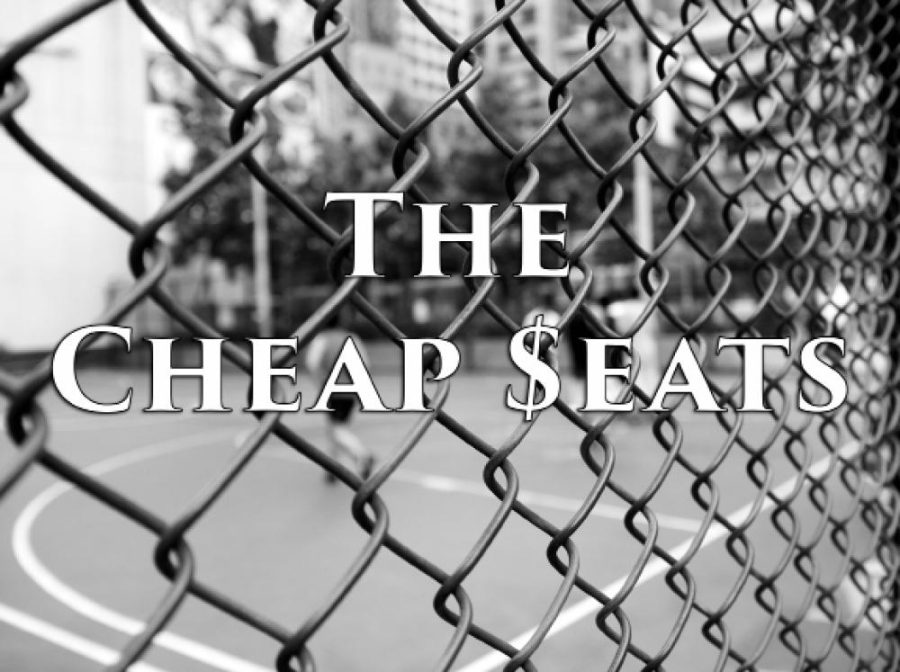MLB’s unwritten rules fight against diversity of the game
Baseball has been around for ages and under constant change from the color barrier being broken to the addition of instant replay. But in all this time, one thing has yet to change.
The “unwritten rules” of baseball have been in place for decades, telling players there is only one way to play the game the right and ethical way. They fall in line with respecting history and culture, a culture that dates back to when the game was segregated.
Major League Baseball is not about a single culture, the era of the game being segregated is over. Last season, 42 percent of players were minorities and 29 percent of all baseball players were Latino, according to Major League Baseball.
Baseball players outside of the U.S. have a different culture than what many might be accustomed to here in the United States. It’s an emotional game and in moments of failure and triumph, they show their emotion openly.
From players like Los Angeles Dodgers outfielder Yasiel Puig, who risked his life to escape from Cuba to play in the U.S., showing frustration after missing a pitch to Toronto Blue Jays outfielder Jose Bautista, who was born in the Dominican Republic, flipping his bat high in the air after hitting a game-deciding home run in a playoff game.
Both acts are considered to be showing up an opponent and violate the unwritten rules, but the rules go even further beyond that. If a player smashes the baseball hundreds of feet and takes an extra moment in the batter’s box to enjoy it, that’s considered showing up the opponent too.
This happens most frequently to Houston Astros outfielder Carlos Gomez, born and raised in the Dominican Republic, who often stands and admires home runs. Gomez, like so many other players, is living his dream and enjoying every moment. But opposing pitchers take that enjoyment and portray it as an insult.
The unwritten rules aren’t even the biggest problem, despite the fact that they won’t change despite the game’s diversity. It’s the enforcement of revenge that is truly disturbing and unthinkable.
If a pitcher believes a batter showed him up, the batter is lucky if he just gets cursed out and followed around the diamond because the pitcher might hurl a baseball 90-plus miles per hour at the batter’s head in the next at bat.
Retaliation by the way of confrontation or violence with a potentially-lethal weapon, is how many current players see as the correct way to handle situations.
Once that happens, the other team feels need to get revenge on behalf of their teammate who was thrown at, by throwing at the other team, leading to benches-clearing scuffles.
While the retaliation is certainly not exclusive to players from Latin America, players from different ethnic backgrounds are targeted more than white players.
Of the 67 bench-clearing brawls over the past five seasons, more than half of them pitted white, American-born players against players from Latin America.
Players are putting the livelihoods of other players in jeopardy because they felt slighted by the flip of a bat or an extra second to watch a majestic home run. All in of honor of rules written when only whites could play.
Baseball’s unwritten rules and the methods used to protect them are everything wrong with baseball and they are the biggest thing preventing a growing game of different cultures from being more exciting for everyone.

